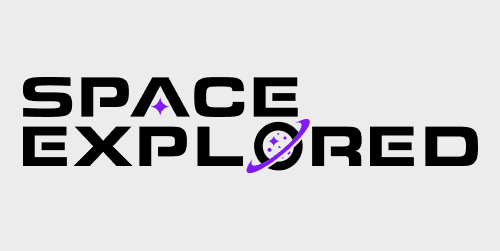
Amazon is switching rockets for its inaugural Kuiper satellite launch while maintaining the same launch provider. In late September, two Kuiper test satellites are set to be launched into orbit aboard the second Atlas V launch of the year.
Vulcan delays bringing concern to Amazon’s timeline
Recently, these two Kuiper satellites were intended to launch on the maiden flight of the Vulcan rocket alongside Astrobotic’s Peregrine lander. However, developmental delays have raised concerns for Amazon. The Vulcan’s Cert-1 flight, originally scheduled for this summer, is now projected for Q4, likely towards the later end of that period.
This setback stems from a failure during a test firing of ULA’s Centaur V upper stage at the Stennis Space Center in March. A subsequent investigation revealed the need for additional reinforcement of Cert-1’s Centaur, requiring it to be transported back to Decatur, where ULA’s rocket factory is located. This Centaur had already been integrated onto the Cert-1 booster at Cape Canaveral, awaiting payload integration.
Amazon is operating on a strict timeline to meet an FCC deadline by 2026. To secure its allocated spectrum, Amazon must deploy at least half of its 3,200 satellites within the next two years. To achieve this, Amazon intends to utilize multiple launchers, not exclusively relying on the Vulcan.
The two satellites scheduled for launch on September 26 using an Atlas rocket were originally planned for an ABL Space System rocket. Delays in ABL’s development led to their relocation to Vulcan. ABL’s recent RS1 rocket encountered failure shortly after liftoff during a test flight, and no relaunch date has been announced.
For its Kuiper missions, Amazon procured the remaining Atlas V rockets, totaling nine. Alongside ABL and Vulcan missions, Amazon is positioned as a significant customer for both rockets in the coming years.
Join our Discord Server: Join the community with forums and chatrooms about space!
Is competition finally coming to Starlink?
In the satellite internet sector, SpaceX’s Starlink has been at the forefront, serving the masses with internet connectivity. While alternatives like OneWeb, which has a completed satellite constellation, exist, Starlink’s consumer-oriented approach currently sets it apart.
The exact marketing strategy for Kuiper remains uncertain, but its similarity to the concept of deploying thousands of low Earth-orbiting satellites introduces a sense of competition to the field. However, the realization of this competition is still a few years away.
As Kuiper commences the launch of its initial satellite batch, SpaceX is gearing up to deploy its full-scale second-generation satellites aboard the Starship, pending successful development. While the capabilities of Kuiper satellites are not fully disclosed, the potential of these large second-gen satellites could position Starlink as the market leader, bolstered by its early market entry.
Maybe Amazon will offer some sort of prime deal for satellite internet. I mean what Amazon product doesn’t have some sort of free prime offering at this point?
FTC: We use income earning auto affiliate links. More.




Comments